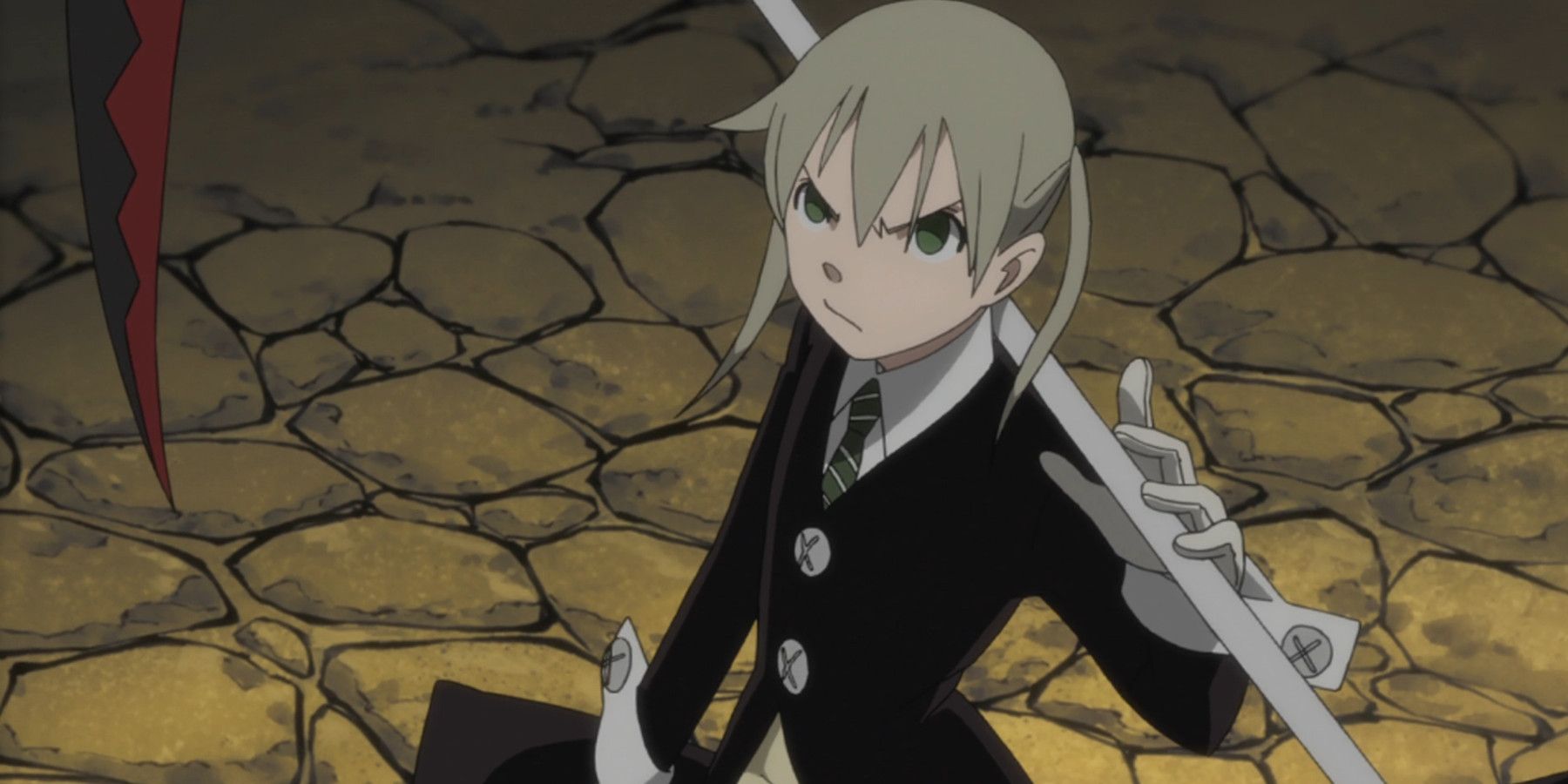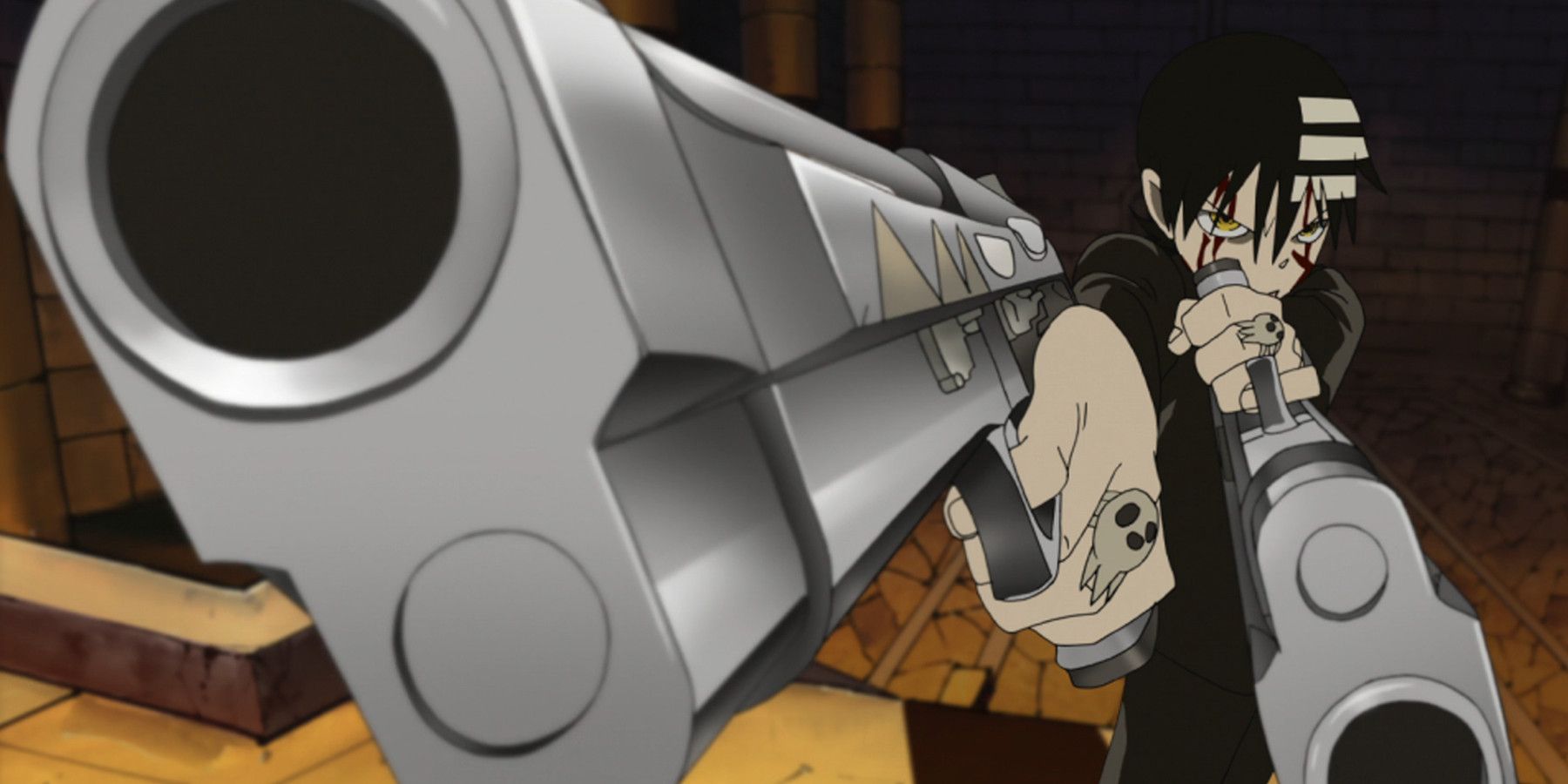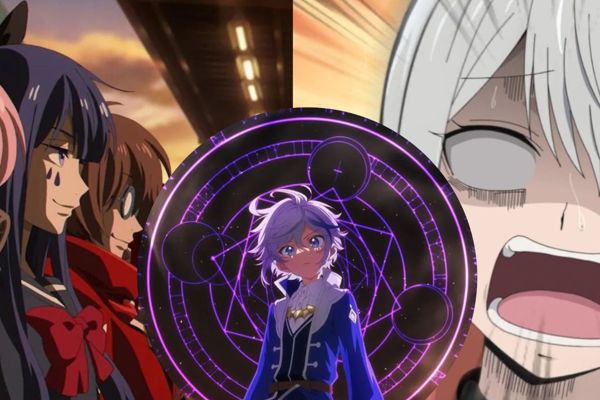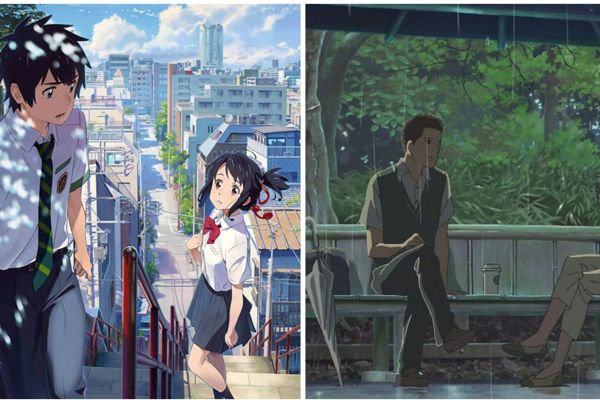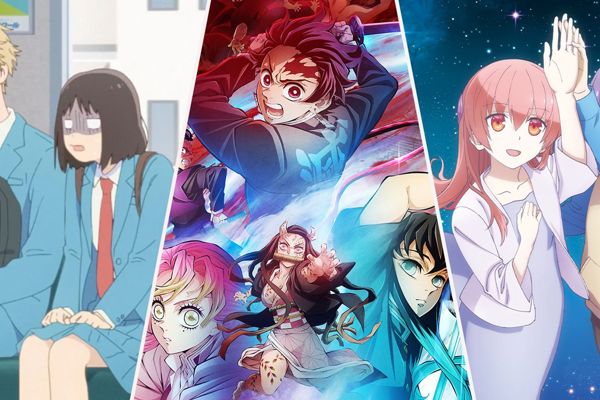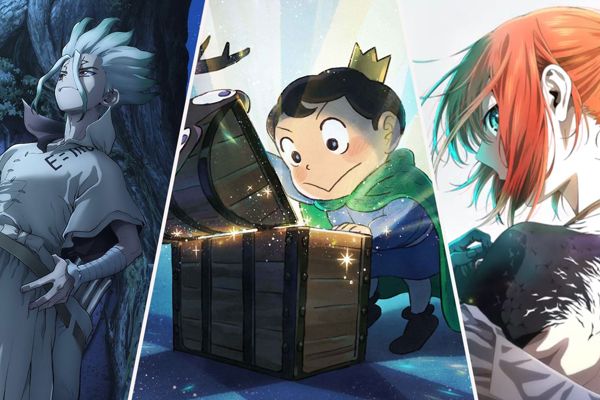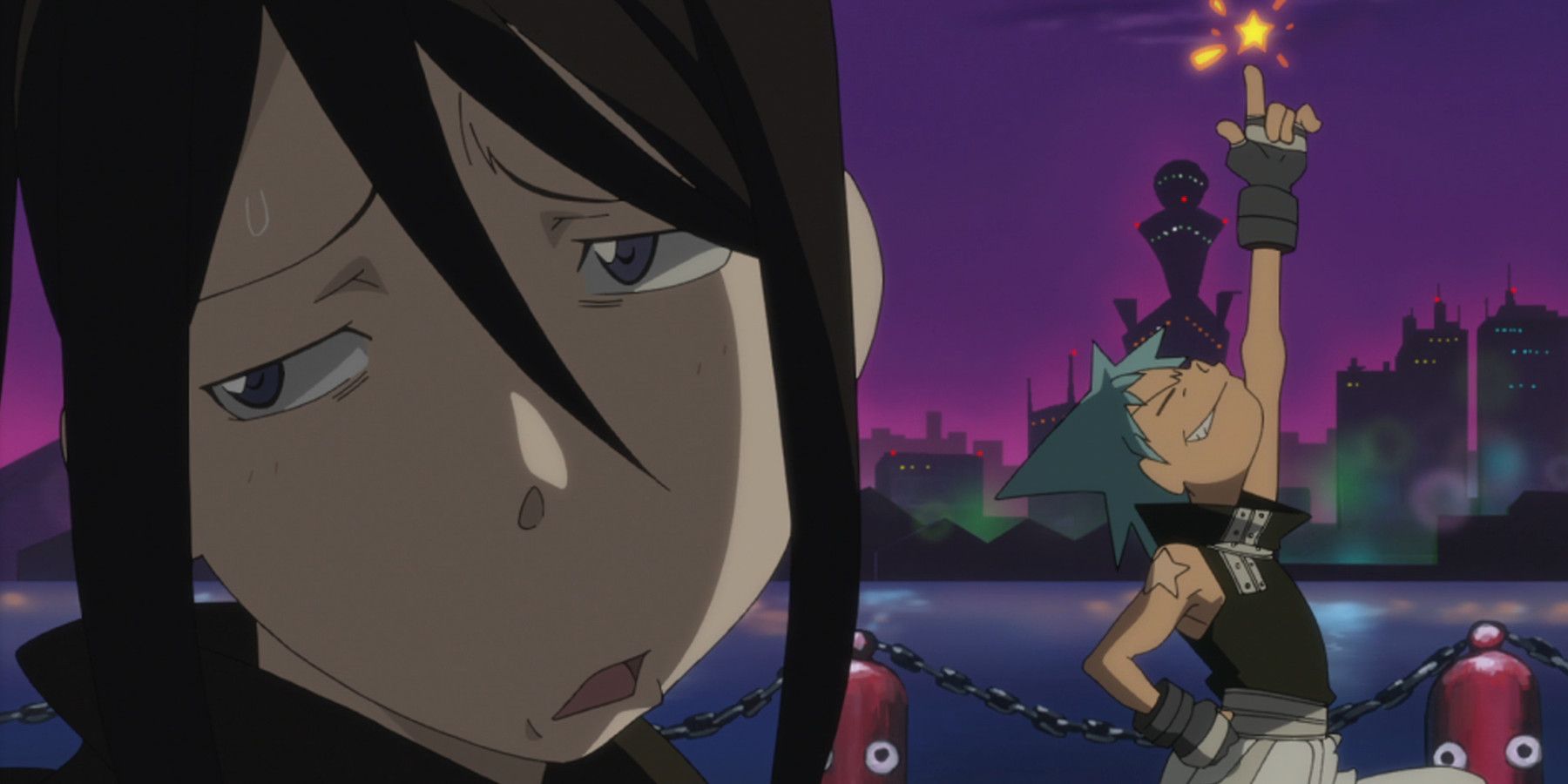
Unveiling the Unsettling Beginnings of Soul Eater

Is Soul Eater worth the watch? Delve into its rocky start as we explore the highs and lows of the first three episodes, uncovering the elements that make this anime a captivating journey
When discussing the flaws of the Soul Eater anime, the focus is often on the ending, which deviated from the manga. However, it is important to consider the beginning of the series as well. Upon reflection, it becomes clear that many viewers may have dropped the series before it even had a chance to begin, due to a prologue that seemingly aimed to weed out those who adhere to the classic three-episode test.
Airing in 2008, Soul Eater was directed by Takuya Igarashi and animated by Studio Bones. This collaboration between Igarashi's distinctive style and the talent pool of Studio Bones was a match made in heaven. It is undeniable that the series has garnered a great deal of love since its airing, but it may take longer than expected for it to fully explore the potential of its characters.
The Good
The animation and art design of these premiere episodes are truly impressive, showcasing the talent and experience of the creative team behind it. It's worth noting that Soul Eater's unique style may not be easily replicated in today's industry, even if Igarashi was still directing.
Right from the start, the premiere captivates viewers with an intense fight scene animated by Yutaka Nakamura. Maka, the protagonist, and her scythe named Soul Eater engage in a thrilling battle against Jack the Ripper. Every swing of Jack's claws and Maka's scythe carries a sense of weight and impact, beautifully portrayed on screen. The choreography is fast-paced, perfectly complemented by Taku Iwasaki's electrifying rock soundtrack.
The world of Soul Eater is intriguingly perplexing in its conception, with the artwork effectively embracing its eccentricity. It serves as a Halloween-esque reflection of our own reality, detached from the constraints of time, coexisting with figures like Jack the Ripper and Al Capone. The sun and moon sport eerie, smiling faces, while even the trees and bollards along the pier are adorned with eyes. This peculiar aesthetic can be seen as either bizarre, humorous, or rather endearing, depending on personal preferences.
At first glance, Soul Eater appears to cater to a younger audience, but if it weren't for the blood and sexual content, whether depicted or mentioned, it could easily be mistaken for a show aimed at children. However, the juxtaposition between its appearance and content raises the question of who the intended audience truly is. Granted, many anime strike a delicate balance between being suitable for both young viewers and mature audiences, thus skillfully targeting teenagers. Yet, it is not solely the visuals that contribute to the show's seemingly juvenile nature.
The Bad
The first three episodes of Soul Eater serve as prologues, introducing the main cast of Weapon Meisters and their respective scythes. These self-contained stories present simple dilemmas that highlight the flaws of these characters. Maka and Soul struggle with synchronization, while Black Star's ego and lack of discretion overshadow his ninja skills. Death the Kid, despite being a grim reaper, becomes difficult to handle due to his obsession with perfection.
While these episodes aim to establish a thesis for the entire series, their execution lacks compelling storytelling. The attempt to simplify the characters and their quirks actually amplifies their negative traits, making them somewhat annoying to viewers.
The main issue with Episode 1 lies in its heavy-handed exposition. Despite already possessing the majority of the souls required for Maka to become a grim reaper and Soul to become a death scythe, they feel compelled to explain their actions in great detail, primarily for the sake of the audience.
The remainder of the premiere follows a similar pattern, with dialogue that is overly focused on exposition, occasionally alleviated by visual humor. While the action sequences are impressive, it becomes challenging to fully engage with the storyline when its outcomes are so predictable, regardless of the stellar performances delivered by the voice actors. The artificial tension created between Soul and Maka ultimately leads to a "betrayal" that is clearly a ploy to manipulate the viewer's emotions.
Clarity is never a concern; these characters are easily comprehensible. Despite their flaws, they demonstrate through their connections that they are not as one-dimensional as initially perceived. However, the problem lies in the forced nature of it all, as mentioned earlier. Black Star's deliberate obnoxiousness does not negate the fact that he can be annoying. Similarly, Death the Kid's badass demeanor does not diminish his initial annoying tendencies.
Should You Skip It?
It is particularly strange that these three episodes stand out because starting from episode four, the storytelling improves significantly or at the very least allows for more thorough development. Additionally, the flaws that afflict these characters in the introductory chapters are explored more effectively in later episodes that are also more enjoyable.
The struggles of Maka and Soul in synchronizing their abilities play a significant role in the arc that follows the prologue. They face difficulties in achieving soul resonance. Additionally, the fight between Black Star and Mifune in Episode 2 may be enjoyable, but the Uncanny Sword Arc provides a better portrayal of Black Star's character development and adds depth to Tsubaki as a character.
While there may be a temptation to advise new viewers of Soul Eater to skip the first three episodes entirely, personally, it took me around four attempts to truly get into the series. It was only when I decided to skip to Episode 4 that I finally became more engaged in watching the rest of the series. However, despite the initial frustrations, the first episodes do showcase excellent animation that should be acknowledged and appreciated.
For those who are new to the series and are willing to give it a try, it is recommended to skip the first three episodes and start from there if you can't get into it. If you have already tried watching it but dropped it, you might want to pick it up again around Episode 4 and see how you feel. However, it is important to note that these changes won't fundamentally alter the series. The comedy style remains the same, as does the unique art direction and overall cartoonish vibe that made this show a great fit for Cartoon Network's Toonami lineup. If these elements are what bothers you, skipping the prologue may not make a difference. Nevertheless, the writing does improve and the characters have more time to develop without feeling rushed.
The characters in Soul Eater are enjoyable, endearing, and impressive, contributing to the series' immense popularity. However, the initial episodes fail to effectively showcase the series' potential. Despite the consistently excellent animation throughout the show, fans have discovered from its conclusion that exceptional visuals cannot compensate for a storyline that underutilizes its characters.
